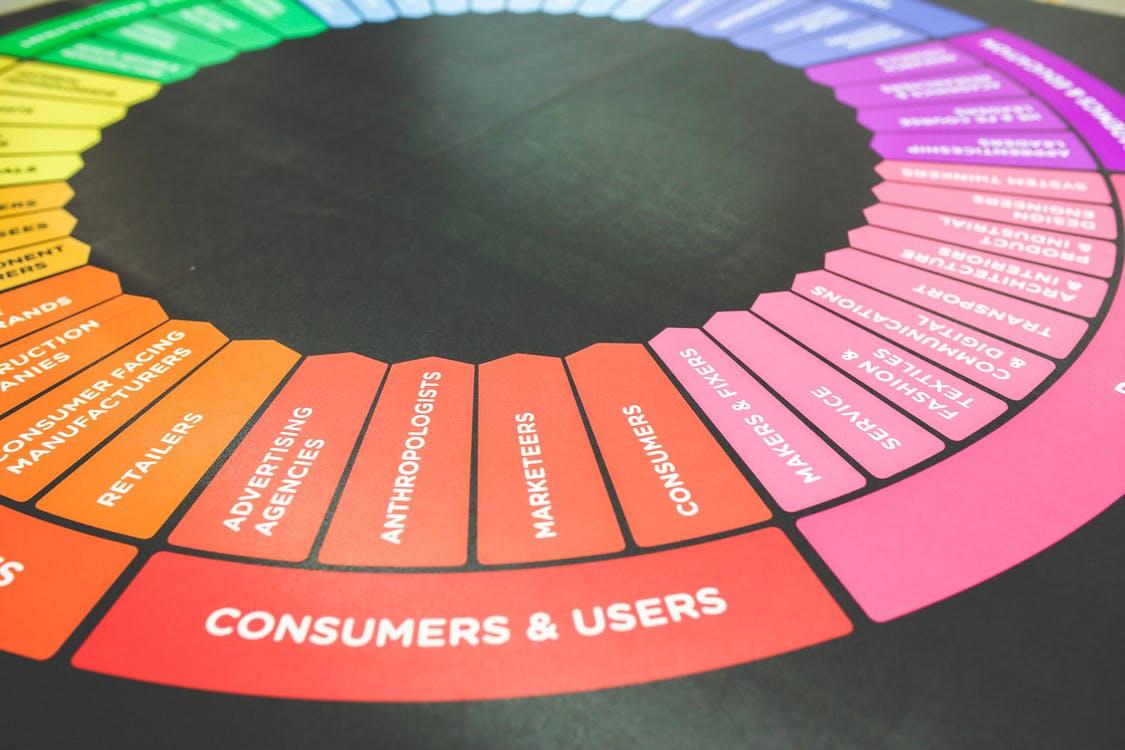Why User Experience is Critical to Building Brand Equity
0Today, a majority of companies are racing primarily for user experience UX. Yet, while 80% of these businesses believe they are delivering excellent experiences, less than 10% of users agree with them.
The result? Higher grind and reduced brand equity – which you most definitely want to dodge if you plan on seeing your business grow. But in order to get users buying products or services from your website or using your app, you need to establish trust. Indeed, it’s easier said than done, but how do you actually do it? There are a few ways to make customers feel safe and trust your platform, but one of the most ingenious and relevant factors is UX design. But why do I need to build trust?
Let’s put it this way. You’re walking down the street and notice a sketchy clothing shop with old, fading signs, vandalized windows, and a dirty stoop. This store is so messy that you can’t even see what kind of clothes they are actually selling. What are the probabilities you are going to take time from your busy day to review or purchase anything from such a clumsily branded shop? The same can happen with your business website too.
At a higher level, branding is a promise to your customer. A promise that allows your customer to know what to expect, inform how you will look, speak and act. With that in mind, experiences with any brand touchpoint can either strengthen user experience of the brand or break them down. In simple terms, brand experience is user experience.

How Brand Translates to User Experience?
To reinforce brand equity, you need to start by understanding your brand first. For instance, if your brand is still in the exploring phase, that should be considered as ambitious, pioneering, and independent, how do you ensure people feel and think and feel that way about the brand? In general, brands tend to focus on the imagery, colors, and tone of the copy. However, there’s always one thing that’s always overlooked – and that’s how the brand should behave. In bygone days, marketers were relying on non-interactive mediums like TV ads and print, where brand behavior was displayed, not engaged with, by the viewer.
However, with the increase of interactive and digital experiences, brand behavior is now the gist of healthy brand equity. When customers visit your website, they are, in fact, interacting with your brand – how the website behaves toward your users will affect their brand perceptions.
When it comes to brand equity, your brand is founded primarily, not by what your company says about itself, but not what the company does. And brand behavior can be easily integrated into a digital medium like a website.
One way to start connecting branding with UX is to integrate brand attributes in interactions. For instance, one way Nike integrates their brand attribute into their websites is by offering customizable products. In doing so, they not only empower customers but also expose their innovation, and, ultimately, the customer receives a product that’s unique to their own style.
Why is the UX Important For Your Business?
As you already know, the user experience refers strictly to the quality of experience and reaction a customer has a result of the interaction with your app, website, service, or device. All the facets of such interaction with the company or product add to the UX.
In simple terms, the user experience is what connects your users with your services and products, fulfilling your goals and fulfilling their needs. The UX improves your brand equity as it can help you create a service or product that is comprehensive, useful, and gratifying. In turn, this will boost your audience engagement, conversions, and returns.
As we’ve previously mentioned, the best way to reinforce your brand equity is by identifying your brand. Let’s say you fully understand your brand, but you know nothing about your users’ interaction with your brand. In this case, measuring your brand equity might benefit your business in numerous ways and help you build a solid brand. Brand equity is an important measurement for your target audience as you can get a better understanding of how to personalize your marketing efforts and meet your users’ needs through all stages of the sales funnel.
A recent study on cart and checkout UX stated that 69,2% of users abandon a cart after adding products. What’s more, research also found that design and checkout flow are the primary reasons consumers leave without purchasing. But a successful UX moves your users to their destination in the most effective way. If you don’t provide people with a smooth navigation, a clear layout, and engaging description of the items, and enticing call to action, you’ll get a user-hostile design.
Putting an Emphasis on Customer Experience
Your business success is largely dependent on user satisfaction and experience, which is what you need in order to improve your brand equity. Today, digital interactions must require an emphasis on positive user experience in as much as physical ones do. By examining and recording user behavior, you can obtain a crucial understanding of what users are actually looking like, what they love or not, and how they’re using your website, giving you a new opportunity to undergo changes that will guarantee satisfaction.
What’s more, understanding what customers are doing on your website will create the opportunity to pinpoint ideal areas for further development, providing you a website that’s entirely crafted for your users.
This article’s lessons teach us that you should never underestimate the benefits of user experience for your brand equity. Investing in UX and UX design can only be considered a financial win, because the long-term accomplishments not only improve ROI but decrease expenses, increase customer retention, and higher search engine rankings. With that said, as long as you keep your UX on a floating line, you’ll be able to exceed your competition and enjoy user loyalty.




